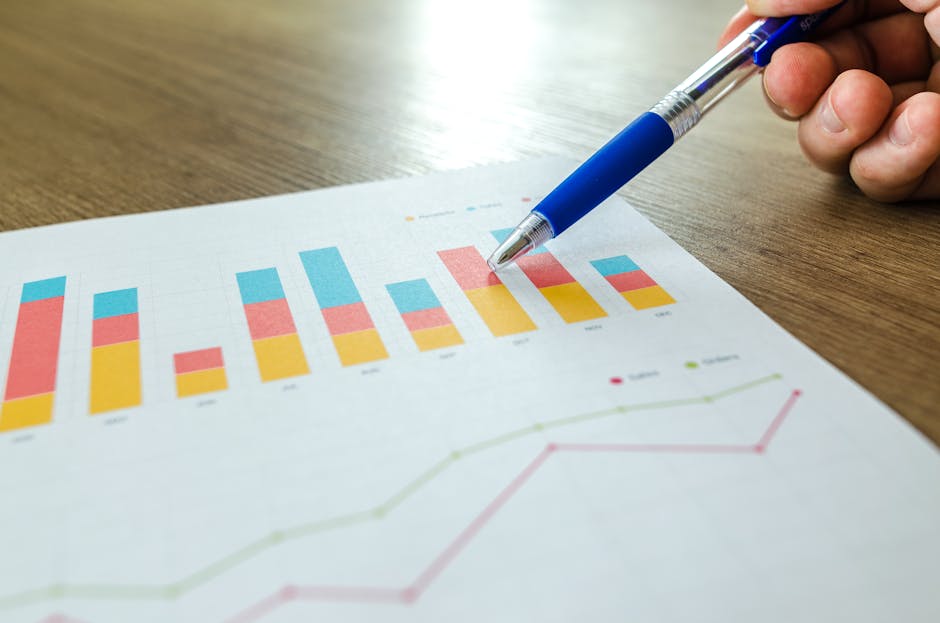Top On-Page SEO Techniques to Boost Your Rankings
Effective on-page SEO techniques can significantly boost your website's search engine rankings, leading to increased visibility and traffic. On-page SEO refers to the optimization strategies applied directly on your website to improve its position in search engine results. These techniques include optimizing content, improving site structure, and enhancing user experience, all of which play a crucial role in achieving higher rankings.
Keyword Optimization
Keyword optimization is one of the foundational elements of on-page SEO. It involves researching and strategically using relevant keywords throughout your content. Tools like Google's Keyword Planner or Ahrefs can help identify high-traffic keywords related to your niche. Once you've identified these keywords, integrate them naturally into your titles, headings, meta descriptions, and body content.
For instance, if your target keyword is "best running shoes," ensure it appears in critical areas such as the title tag, meta description, and the first 100 words of your article. Avoid keyword stuffing, as it can lead to penalties from search engines. Instead, focus on creating high-quality content that naturally incorporates your chosen keywords.
Utilizing synonyms and related terms can also enhance your content's relevance. This practice not only helps in capturing more search queries but also improves the overall readability and user experience.
Content Quality
Search engines prioritize high-quality content that provides value to users. To meet this criterion, your content should be well-researched, informative, and engaging. Aim for comprehensive coverage of the topic to establish authority and trust with both users and search engines.
Including different types of content such as articles, videos, infographics, and podcasts can make your website more appealing. Diversifying content types caters to various user preferences and encourages longer site visits.
Regularly updating your content is another critical factor. Fresh content signals to search engines that your site is active and relevant. Update old articles with new information, add recent data or insights, and remove outdated references.
Site Structure and Navigation
A well-organized site structure improves both user experience and SEO performance. Clear navigation helps visitors find information quickly and easily while enabling search engines to crawl and index your site more effectively.
Ensure that your website has a logical hierarchy with categories and subcategories that are easy to navigate. Use internal linking to connect related pages within your site, which helps distribute page authority and improves the chances of ranking higher in search results.
Additionally, implement breadcrumb navigation to provide users with a clear path back to previous pages or the homepage. This feature not only enhances user experience but also helps search engines understand the structure of your site.
Mobile-Friendliness
With the increasing use of mobile devices for internet browsing, having a mobile-friendly website is essential. Google’s mobile-first indexing means that the mobile version of your site is considered the primary version for ranking purposes.
Ensure that your website is responsive, meaning it adapts seamlessly to different screen sizes and devices. Use tools like Google's Mobile-Friendly Test to check how well your site performs on mobile devices.


Optimizing for mobile includes using larger fonts for readability, ensuring buttons are easy to tap, and minimizing loading times by compressing images and leveraging browser caching.
User Experience (UX) Enhancements
User experience directly impacts how visitors interact with your website. A positive UX leads to longer visits and lower bounce rates, both of which contribute to better SEO performance.
- Page Speed: Fast-loading pages enhance user satisfaction. Use tools like Google PageSpeed Insights to identify areas for improvement.
- Readability: Ensure that text is easy to read by using appropriate font sizes, line spacing, and contrast between text and background colors.
- Engagement: Include multimedia elements such as videos and images to keep users engaged. Interactive features like quizzes or polls can also enhance user interaction.
| SEO Technique | Description | Tools |
|---|---|---|
| Keyword Optimization | Researching and integrating relevant keywords into content | Google Keyword Planner, Ahrefs |
| Content Quality | Creating valuable, well-researched content | N/A |
| Site Structure & Navigation | Organizing website hierarchy for better crawling & indexing | N/A |
| Mobile-Friendliness | Ensuring website adapts seamlessly to various devices | Google Mobile-Friendly Test |
| User Experience (UX) | Improving page speed, readability & engagement | Google PageSpeed Insights |
Meta Tags Optimization
Meta tags are snippets of text that describe a page's content; they don't appear on the page itself but only in the page's code. Optimizing meta tags such as title tags and meta descriptions is crucial for improving click-through rates from search engine results pages (SERPs).
Your title tag should be concise yet descriptive, ideally under 60 characters to ensure it displays properly in SERPs. The meta description should provide a brief summary of what the page is about within 150-160 characters.
A well-crafted meta description can entice users to click on your link over others in the SERPs. Include relevant keywords naturally in both title tags and meta descriptions without making them look spammy or forced.
Certain advanced meta tags like "robots" meta tag can instruct search engines on how they should crawl or index a page’s content.
The Importance of Alt Text for Images
The alternative text (alt text) attribute for images is another important aspect of on-page SEO. Alt text serves several purposes: it provides context for visually impaired users using screen readers; it displays when an image cannot be loaded; most importantly for SEO purposes – it helps search engines understand what an image is about. When writing alt text:
- Description: Accurately describe what's in the image so anyone who can't see it knows what it represents.
- Simplicity: Keep descriptions short & sweet yet informative.
- Keywords: Incorporate relevant keywords where appropriate without keyword stuffing.
This practice can help improve visibility not just within web searches but also image-specific searches via platforms like Google Images Search.